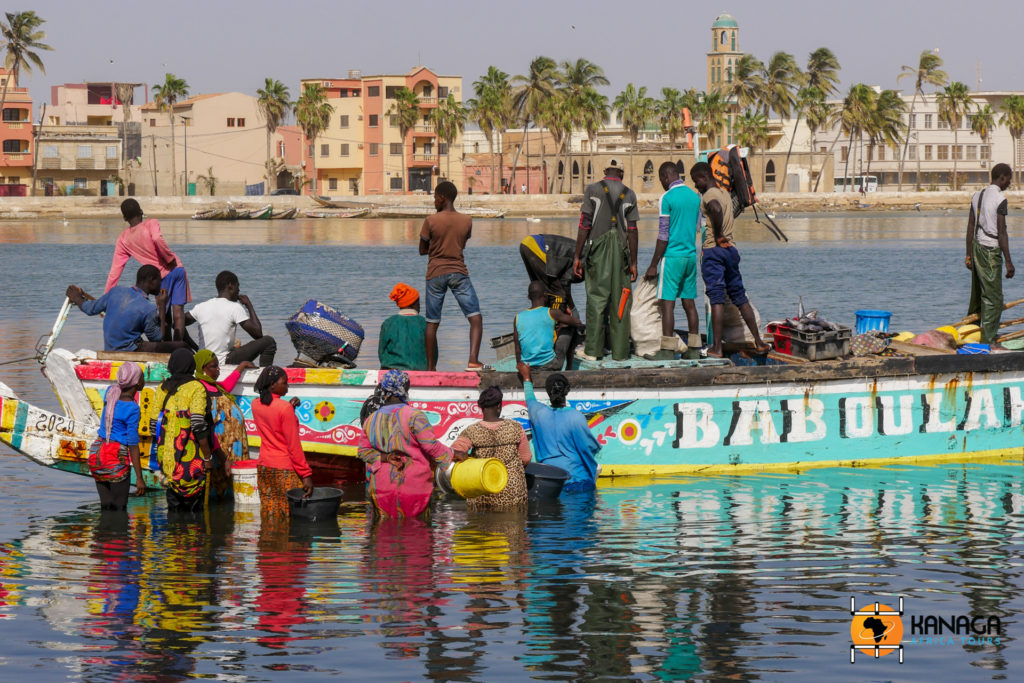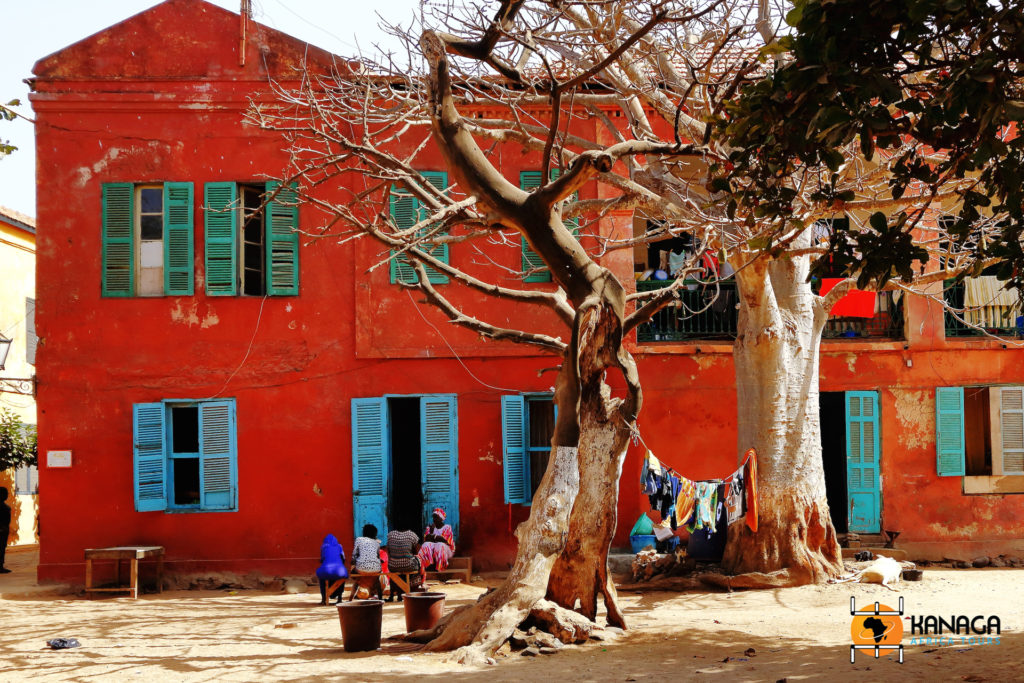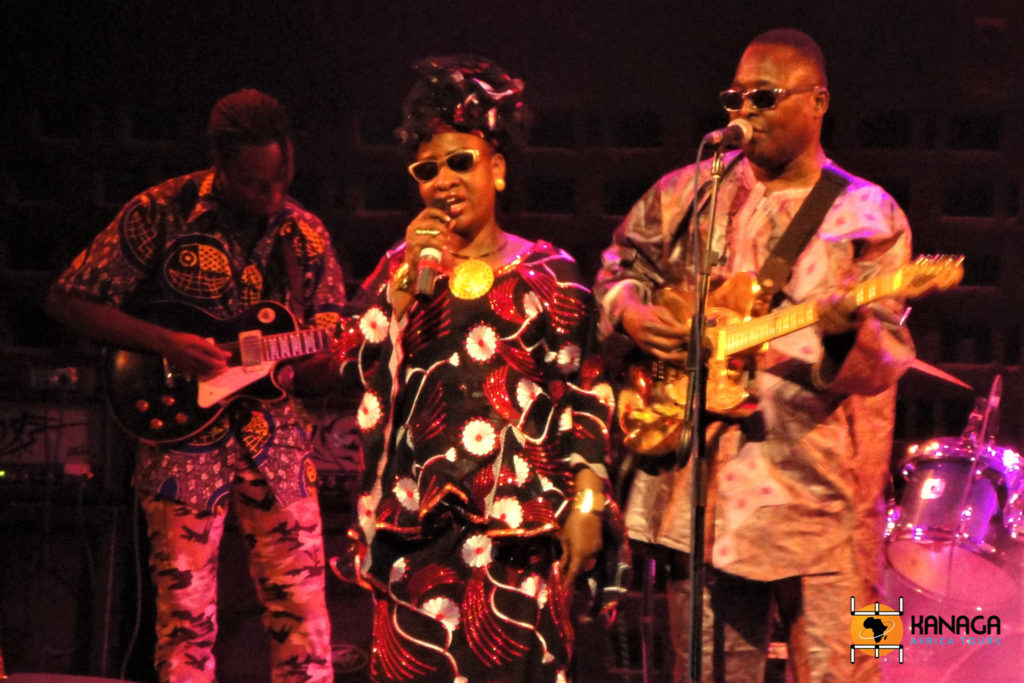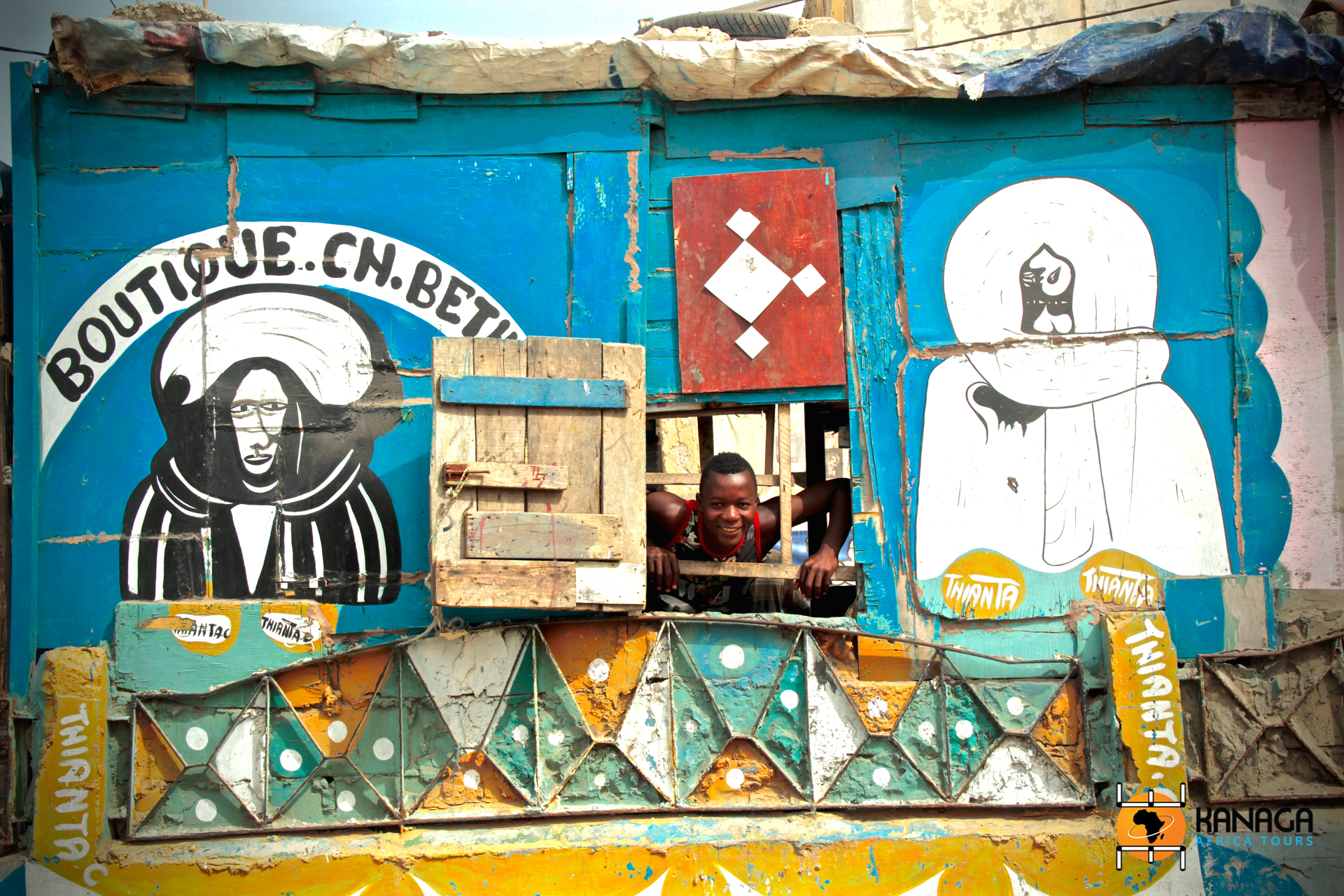© I. Fornasiero
The city of Saint-Louis is a historical testimony to the ambitious colonial expansionism in West Africa. Founded in 1659 by Louis Caullier on the Ndar Island, it was the first French urban settlement on the African continent.
It began as a trading station and military outpost, but soon became an important cosmopolitan urban centre, a stronghold of the encounter between European and African cultures, a symbol of deep social and anthropological changes based on “metissage“.
The metallic Faidherbe bridge, called the ‘horizontal Eiffel Tower’, connects the island to the mainland and was designed in 1897 by Émile Nouguier, although legend has it that Eiffel himself designed it. It is the symbol of the city and a remarkable example of 19th century industrial engineering, with the central part rotating on itself to allow the passage of ships. Immediately after the bridge is the historic Hotel de la Poste, a hotel where airline pilots stayed during the colonial era, including Saint-Exupery and Mermoz. Further on is the monumental Governor’s Palace, flanked by the Rognât Casernes dating from 1837. Not far away is the neo-classical Cathedral and to the north the curious Grande Mosquée, with an adjacent Christian bell tower, erected in 1847.
A typical horse-drawn carriage made of coloured iron will take you around the colonial alleyways of Saint Louis, where you will discover beautiful views, pastel-coloured houses with wooden or wrought-iron balconies covered in bougainvillea, panoramic views over the river and the spectacular Faidherbe bridge, the old military outposts and the fish market with its traditional fishermen’s quarter. The pleasant day will end with a good thieboudijenne, Senegal’s national dish, in one of the city’s historic restaurants.
But Saint-Louis also offers cultural events and shows, such as the annual Saint-Louis Jazz Festival in May, a major event that attracts jazz musicians and enthusiastic visitors from all over the world. Not infrequently, this event also includes the famous and historic Fanale procession, huge lanterns traditionally carried by the servants of the Signares (Senegal’s new social class, elevated in rank by concubinage with French officials), which can otherwise be seen at Christmas time.







